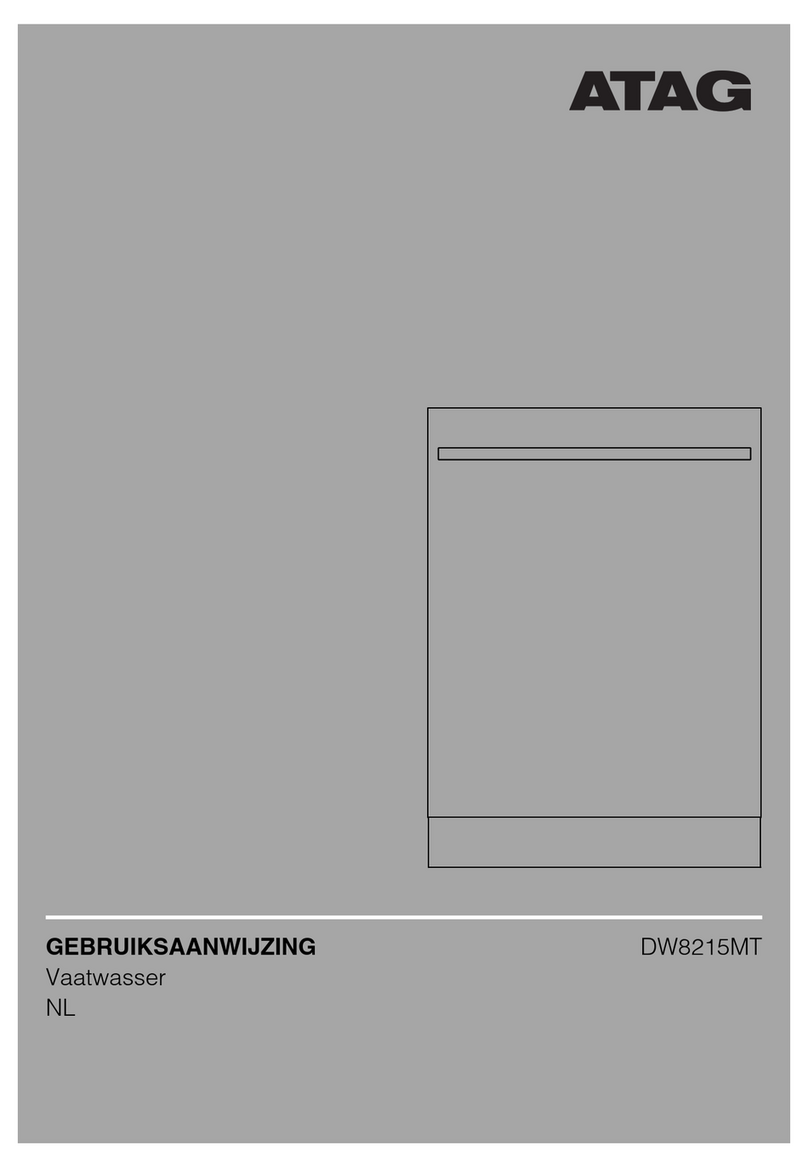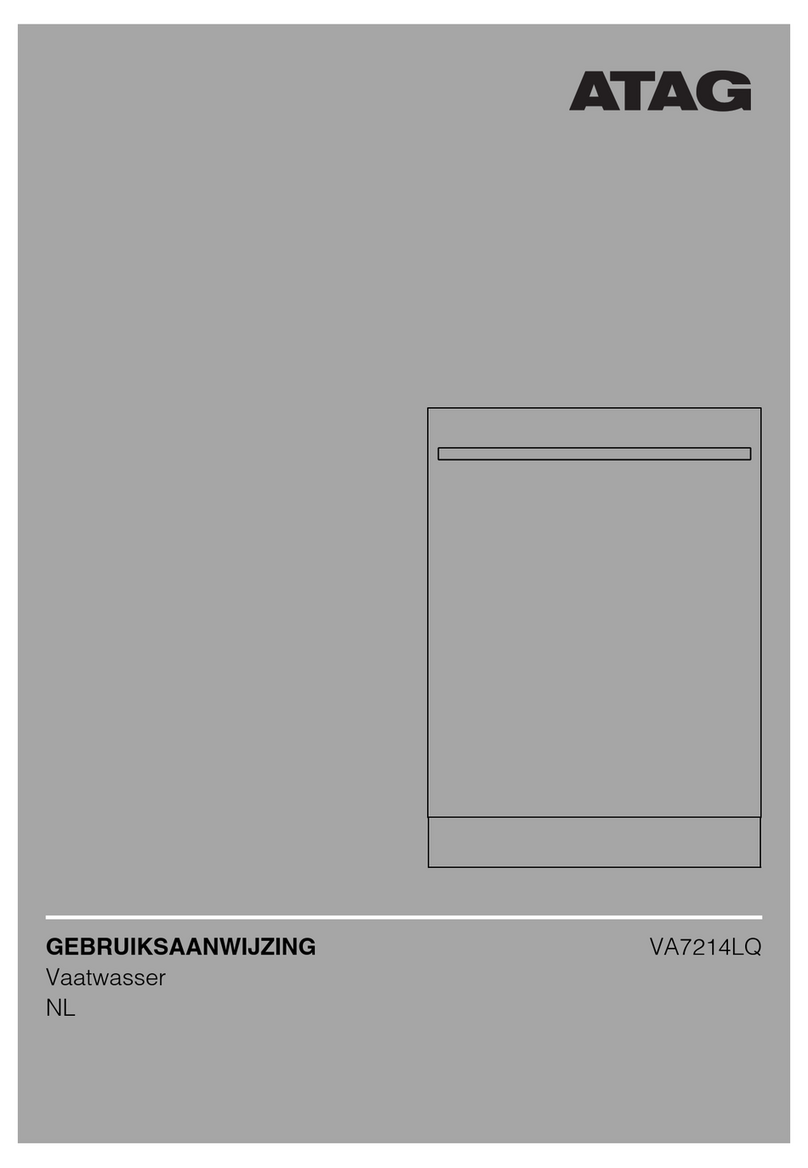Atag VA6111LT User manual

ATAG
User
manual
Dishwas
h
er
j
-
~
r r
!fJ,
..r.l\..A
~
~\li
~
/
"'DM'::~.c
....
~;
I
VA6111LT
:

2
Co
nt
en
ts
Safety information ................................... 2 Unloading the dishwasher ......
..
............ 12
Product description ................................ 3 Washing programmes ..............
..
..
........ 13
Control panel ......................
..
.................. 4 Care and cleaning ................................ 13
First use ....................................
.. ..
......
..
. 5 What to do if.............................
..
....
.. ..
. 15
Set the water softener ............................ 5 Techni
cal
data ....................................
..
16
Use of dishwasher
sa
lt ........................
....
6 Hints for test institutes .......................... 16
Use of rinse aid ....................................... 7 Installation ..............
..
......
..
........
..
.......... 17
Daily use ........................................
..
....... 8 Water connection ........................
..
....... 18
Load cutlery and dishes .......................... 9 Electrical connection
.. .. .. ..
..................... 20
Use of detergent ................................... 10
En
vi
ronment concerns ............
..
............ 20
Select and start a washi
ng
programme
11
(E
Subject to change
wi
thout notice
ill
Safety informati_o_n
___
_
rn
In
the interest of your safety and to en- •
Th
is productshould be serviced only by
an
sure the correct use, before installing authorized service engineer, and only
and first usi
ng
the app
li
ance, read this genuine spare parts should be used.
user manual carefu
lly
, including its hints • Under no circumstances should you at-
and wamings.
To
avoid unnecessary tempt to repair the machine yourself.
Re-
mistakes and accidents, it is important pai
rs
carri
ed
out by inexperienced persons
to ensure that a
ll
people usi
ng
the appli- could cause injury or serious malfunction-
ance
are
thorough
ly
fam
ili
ar wi
th
its ing. Contact your localService Force Cen-
operation and safety features. Save tre. Always insist
on
genui
ne
spare parts.
these instructions and make sure that
they remain with the app
li
ance if it is General safety
mov
ed
or sold, so that eve
ry
one usi
ng
it
• Dishwasher detergents can cause chemi-
through its
li
fe
will
be proper
ly
informed
cal
burns to ey
es
,mouth and throat. Could
on
appliance use and safety. endanger
li
fe!
Comp
ly
with the safety in-
structions of the dishwasher detergent
Correct use manufacturer.
•
Th
is dishwasher
is
only intended for wash- • The water
in
your dishwasher
is
not for
ing household utens
il
s suitable for ma- drinking. Detergent
res
idues may st
ill
be
chine washing. present
in
your machi
ne
.
•
Do
not put any solvents in the dishwasher. • Ensure that the door of the dishwasher
is
Th
is could cause
an
explosion. always closed when it is not being loaded
•
Kn
i
ves
and other items with sharp points orunloaded.
In
this way you will avoid
an
y-
must be loaded in the cutlery basket with body tripping overthe open doorand hurt-
their points down or placed in a horizontal i
ng
themselves.
positi
on
in the upper basket. •
Do
not sit or stand on the open door.
•
Onl
y use products (detergent, salt and Child safety
rinse ai
d)
su
itable for dishwashers.
• Avoid opening the door whilst the app
li
- •
Th
is appliance
is
designed to be operated
ance is
in
operation, hot steam may es- by adults.
Do
not allow children to use the
cape. dishwasher unsupervised.
•
Do
not take
an
y dishes out of the • Keep
all
packaging we
ll
away from
ch
il
-
dishwasher before the end of the w
ash
i
ng
dren. There is a risk of suffocation.
cycl
e.
• Keep
all
detergents
in
a safe place out of
• After
use,
isolate the appliance from the children's reach.
power supply
and
tum off the water sup- • Keep children well away from the
I dishwasher when the door
is
open.
py
.

2
Co
nt
en
ts
Safety information ................................... 2 Unloading the dishwasher ......
..
............ 12
Product description ................................ 3 Washing programmes ..............
..
..
........ 13
Control panel ......................
..
.................. 4 Care and cleaning ................................ 13
First use ....................................
.. ..
......
..
. 5 What to do if.............................
..
....
.. ..
. 15
Set the water softener ............................ 5 Techni
cal
data ....................................
..
16
Use of dishwasher
sa
lt ........................
....
6 Hints for test institutes .......................... 16
Use of rinse aid ....................................... 7 Installation ..............
..
......
..
........
..
.......... 17
Daily use ........................................
..
....... 8 Water connection ........................
..
....... 18
Load cutlery and dishes .......................... 9 Electrical connection
.. .. .. ..
..................... 20
Use of detergent ................................... 10
En
vi
ronment concerns ............
..
............ 20
Select and start a washi
ng
programme
11
(E
Subject to change
wi
thout notice
ill
Safety informati_o_n
___
_
rn
In
the interest of your safety and to en- •
Th
is productshould be serviced only by
an
sure the correct use, before installing authorized service engineer, and only
and first usi
ng
the app
li
ance, read this genuine spare parts should be used.
user manual carefu
lly
, including its hints • Under no circumstances should you at-
and wamings.
To
avoid unnecessary tempt to repair the machine yourself.
Re-
mistakes and accidents, it is important pai
rs
carri
ed
out by inexperienced persons
to ensure that a
ll
people usi
ng
the appli- could cause injury or serious malfunction-
ance
are
thorough
ly
fam
ili
ar wi
th
its ing. Contact your localService Force Cen-
operation and safety features. Save tre. Always insist
on
genui
ne
spare parts.
these instructions and make sure that
they remain with the app
li
ance if it is General safety
mov
ed
or sold, so that eve
ry
one usi
ng
it
• Dishwasher detergents can cause chemi-
through its
li
fe
will
be proper
ly
informed
cal
burns to ey
es
,mouth and throat. Could
on
appliance use and safety. endanger
li
fe!
Comp
ly
with the safety in-
structions of the dishwasher detergent
Correct use manufacturer.
•
Th
is dishwasher
is
only intended for wash- • The water
in
your dishwasher
is
not for
ing household utens
il
s suitable for ma- drinking. Detergent
res
idues may st
ill
be
chine washing. present
in
your machi
ne
.
•
Do
not put any solvents in the dishwasher. • Ensure that the door of the dishwasher
is
Th
is could cause
an
explosion. always closed when it is not being loaded
•
Kn
i
ves
and other items with sharp points orunloaded.
In
this way you will avoid
an
y-
must be loaded in the cutlery basket with body tripping overthe open doorand hurt-
their points down or placed in a horizontal i
ng
themselves.
positi
on
in the upper basket. •
Do
not sit or stand on the open door.
•
Onl
y use products (detergent, salt and Child safety
rinse ai
d)
su
itable for dishwashers.
• Avoid opening the door whilst the app
li
- •
Th
is appliance
is
designed to be operated
ance is
in
operation, hot steam may es- by adults.
Do
not allow children to use the
cape. dishwasher unsupervised.
•
Do
not take
an
y dishes out of the • Keep
all
packaging we
ll
away from
ch
il
-
dishwasher before the end of the w
ash
i
ng
dren. There is a risk of suffocation.
cycl
e.
• Keep
all
detergents
in
a safe place out of
• After
use,
isolate the appliance from the children's reach.
power supply
and
tum off the water sup- • Keep children well away from the
I dishwasher when the door
is
open.
py
.

4
CD
Glh
Q7D.
g".
~60·
~5d'
~
_ 5
-------
*
-
-I
CD
D
G,.
"fI
,..
~.
'=I
'"
~..
!!;I
-5
_
£!::.
~----
*
I I I~
--+j
P
ROGRA
M
RESET
D On/Off button
Ell
Delay start button
II
Programme selection / cancel button (PROGRAM RESET)
II
Indicator lights
1.1
Programme lights
Programme lights A and B
In
addition
to
the selection of the corre-
sponding washing programme, these lights
will also guideyou
in
thefollowing operations:
-setting the water softener level,
-deactivating/activating the audible signals.
Salt Comes on when the special salt has run out.
S
Rinse aid
·;
:Y
::e
Comes on when the rinse aid has run out.
End
-l
Comes on when a washing programme has ended.
It
also has added functions
of
visual signalling as:
-the setting
of
the water softener,
-deactivation/activation
of
the audible signals,
-intervention
of
an alarm due
to
malfunction
of
the appliance.
Setting mode
Press the On/Off button; if ALL programme
indicator lights are off and the End indicator
light
is
flashing, the appliance
is
in
setting
mode.
rn
Always remember that when performing
the following operations:
-selecting a washing programme,
-setting the water softener level,
-deactivating/activating the audible
signals,
the appliance
MUST
be
in
setting mode.
Press t
he
On/Off button; if a programme
in
-
dicator light
is
on with a fixed light, the last
performed orselected programme
is
still set.
In
this case, to return to setting mode the
programme has to be cancelled.
To cancel a set programme or a
programme in progress
Press and hold, for about 3 seconds, the
programme selection/cancel button until the
End indicator light
is
flashing. The pro-
gramme has been cancelled and the appli-
ance
is
now
in
setting mode.
Audible signals
Audible signals have been introduced to help
indicate which operations the appliance
is
performing:
-end of the washing programme,

-intervention ofan alarm dueto malfunction
of the appliance.
rn
Factorysetting: audible signals activated
It
is
possible to deactivate the audible
signals.
Deactivation/activation of the audible
signals
1.
Press the On/Off button. T
he
appliance
must be
in
setting mode.
2.
Press and keep pressed the programme
selection/cancel button until programme
light A flashes and programme light B
comes on with a fixed light.
3. Press programme selection/cancel but-
ton again.The programme light A comes
on with a fixed light and programme light
B starts flashing. Wait until programme
F
ir
st use
Before using your dishwasher for the first
time:
• Ensure that the electrical and water con-
nections comply with the installation in-
structions
• Remove
all
packaging from inside the ap-
pliance
• Set the water softener level
Set the water softener
The dishwasher
is
equipped with a water
softener designed
to
remove minerals and
salts from the water supply, which would
have a detrimental or adverse effect on the
operation of the appliance.
The higherthe content ofthese minerals and
salts, the harder your water
is.
Water hard-
ness
is
measured in equ
iva
lent scales, Ger-
man degrees
(d
H
O),
Fr
ench degrees
(O
T
H)
and mmol
/I
(millimol per litre -international
unit for the hardness of water).
!.;:
..
,'¥.'.
:~
~
~
~e
,
~
~ardne
~
.
~
,.1;
",
odH: .,
'J
\;'.,.:
I
~
TH
,
';f ml1)ol/l
51
-70
91
-125
9,1
-12,5
43 -50 76 -
90
7,6 -9,0
37 -42 65
-75
6,5
-7,5
29 -36
51
-64
5,1
-6,4
23 -28 40 -50 4,0 -5,0
19 -
22
33 -39 3,3 -3,9
15 -18 26 -32 2,6 -3,2
5
light A goes off. The programme light B
goes on flashing and the End indicator
light
is
on with a fixed light. This indicates
that you have activated the function for
deact
iv
ating/activating the audible sig-
nals, The fixed light of the End indicator
light rneans that the audible signals are
activated,
4. To deactivate the audible signals, press
the programme selection
/c
ancel button
again, The End indicator light goes off
in
-
dicating that the audible signals are de-
activated.
5,
To rnemorize the operation, switch offthe
appliance by pressing the On/Off button.
• To activate again the audible signals sim-
ply follow the above operations until the
End indicator light comes on,
• Pour 1 litre of water into the salt container
and then
fill
with dishwasher salt
•
Fill
the rinse aid dispenser
rn
If you want to use combi detergent
tablets such
as:
"3
in
1", "4
in
1", "5
in
1"
etc... follow the instructions
given
in
"Use of detergent".
The softener should be adjusted according
to the hardness of the water
in
your area,
Your local Water Authority can advise you on
the hardness of the water
in
your area,
rn
The water softener must be set
in
two
ways: manually, using the water hard-
ness dial and electronically.
2
level
10 yes
2
level
9 yes
2
level
8 yes
2
level
7 yes
2
level
6 yes
2
level
5 yes
level
4 yes
Other manuals for VA6111LT
1
Other Atag Dishwasher manuals
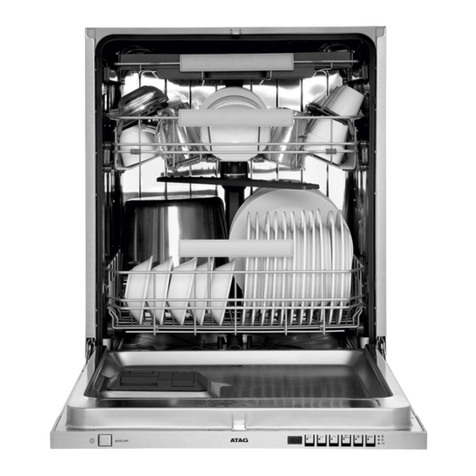
Atag
Atag VA63211VT/A01 User manual
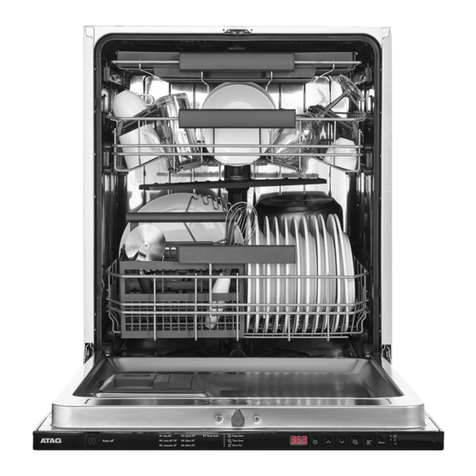
Atag
Atag VA63315OT User manual
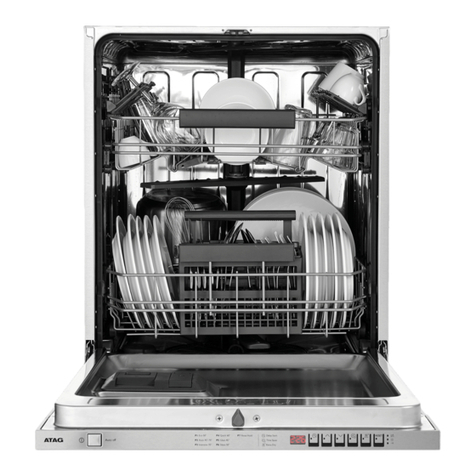
Atag
Atag VA63313ST User manual
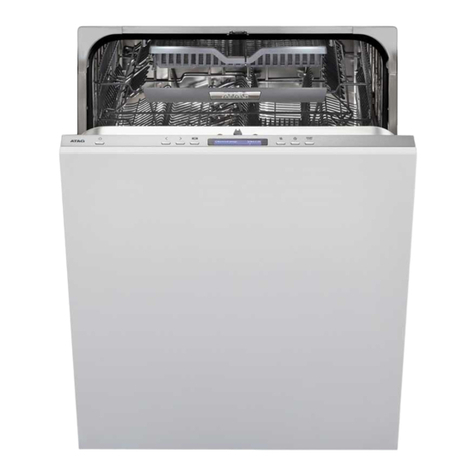
Atag
Atag DW7114XB User manual
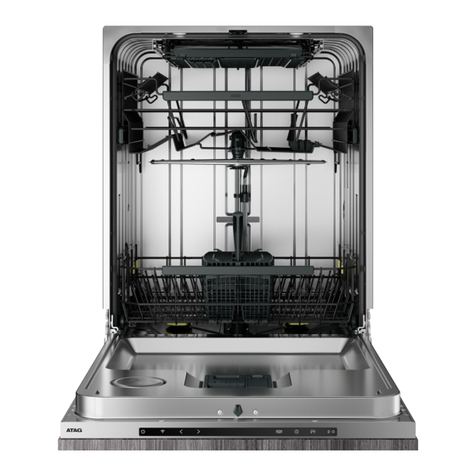
Atag
Atag VA8214LQ User manual
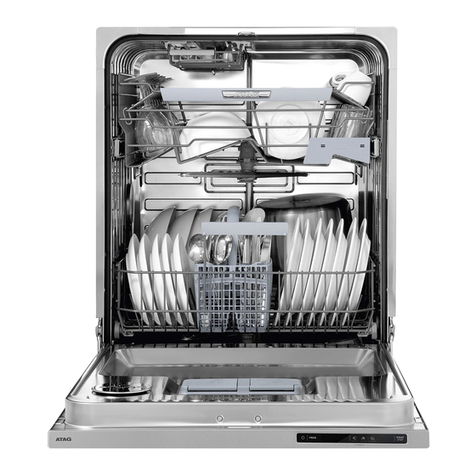
Atag
Atag VA6811RT User manual
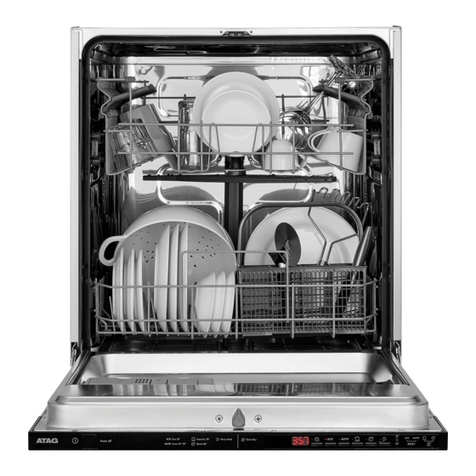
Atag
Atag VA61313MT User manual

Atag
Atag DW7113XA User manual
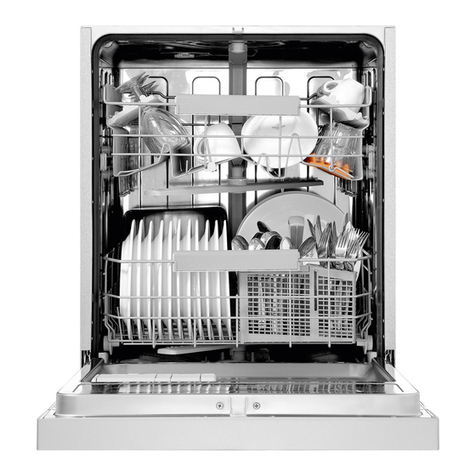
Atag
Atag VA63211RF/A01 User manual
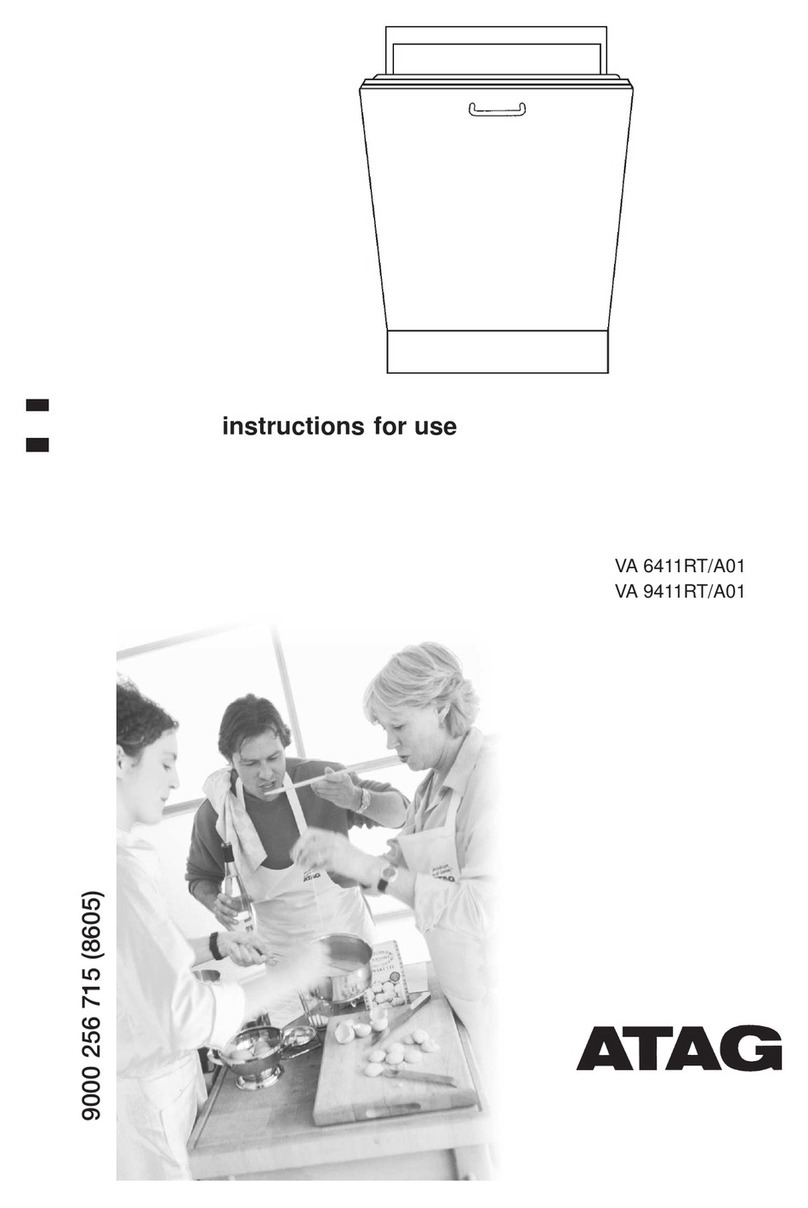
Atag
Atag VA 6411RT/A01 User manual
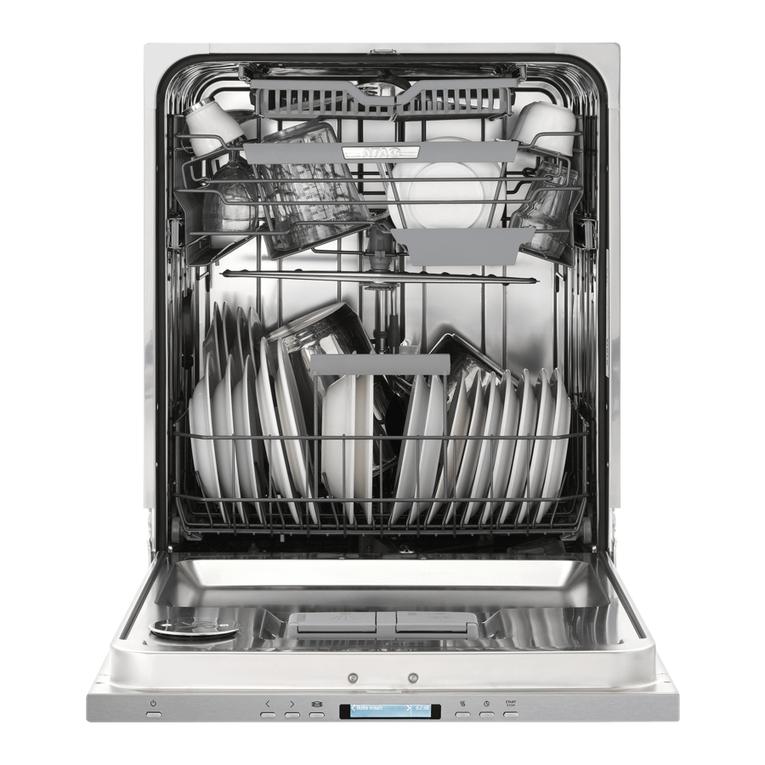
Atag
Atag VA7016SRT User manual
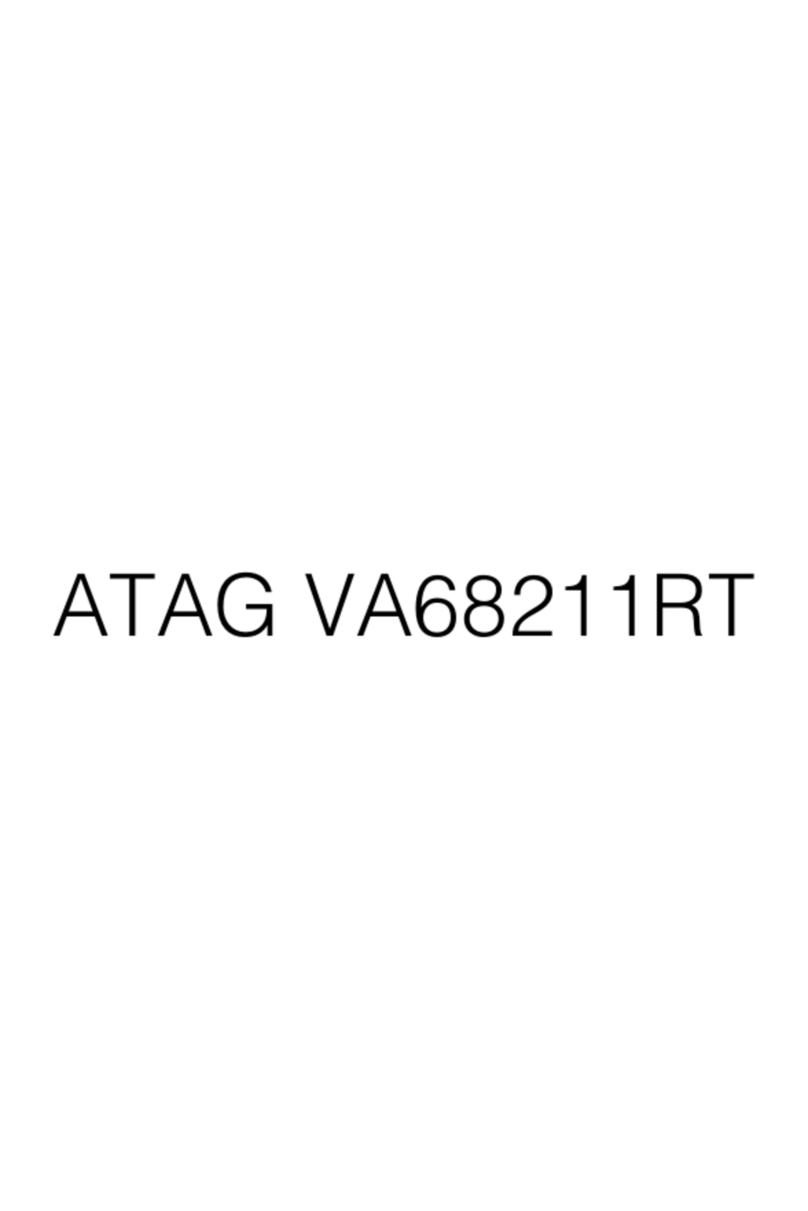
Atag
Atag VA68211RT User manual
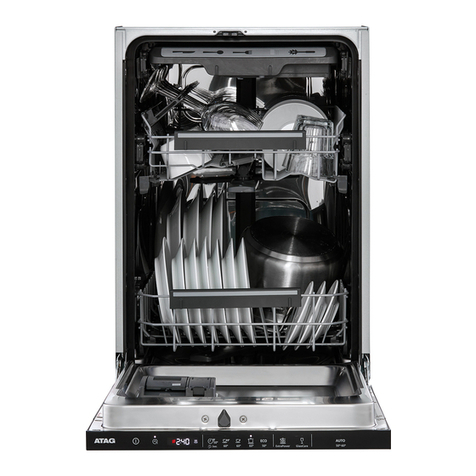
Atag
Atag VA4110MT User manual
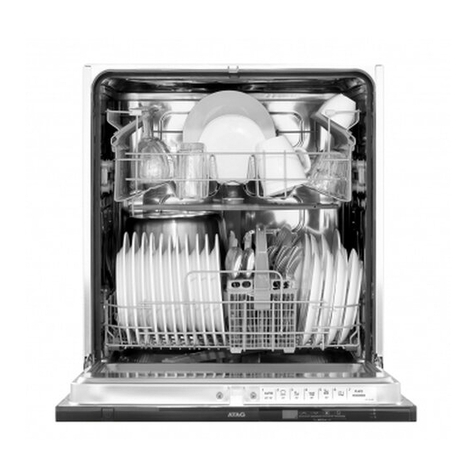
Atag
Atag VA61111MT User manual
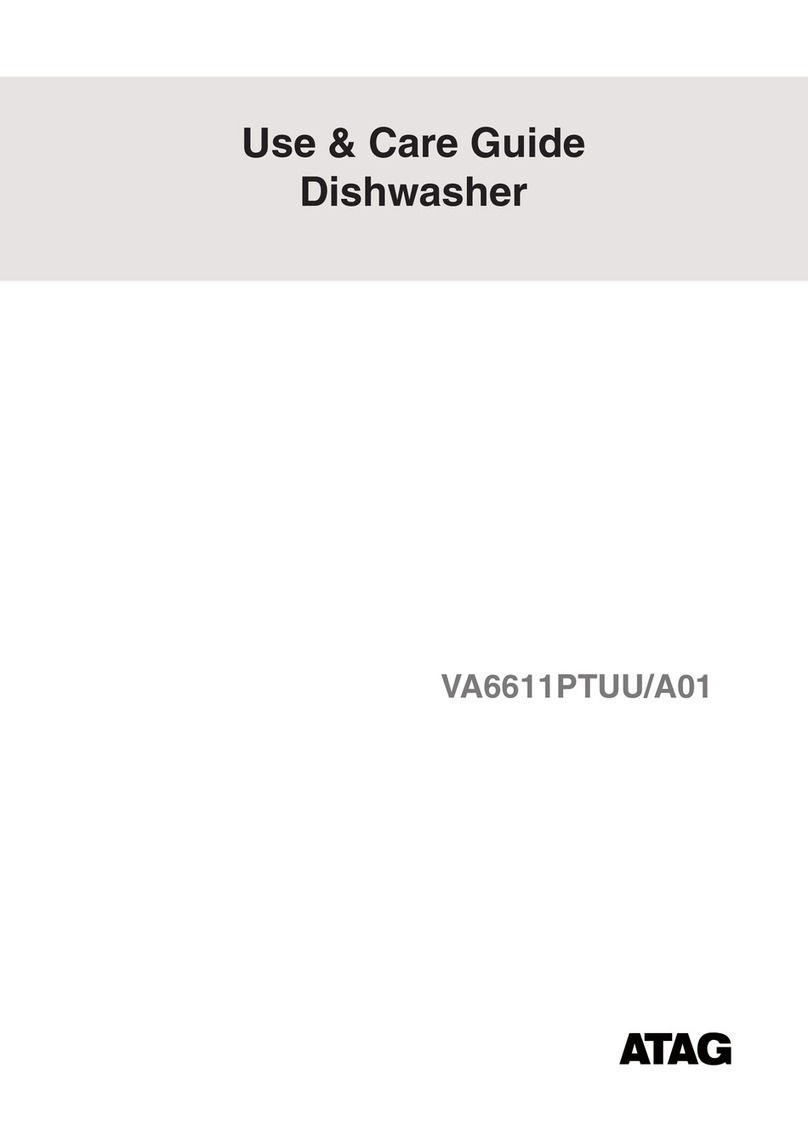
Atag
Atag VA6611PTUU/A01 User manual

Atag
Atag VA7114RT User manual
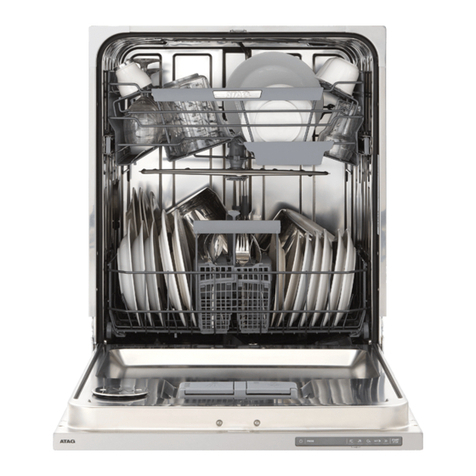
Atag
Atag VA68211QT User manual
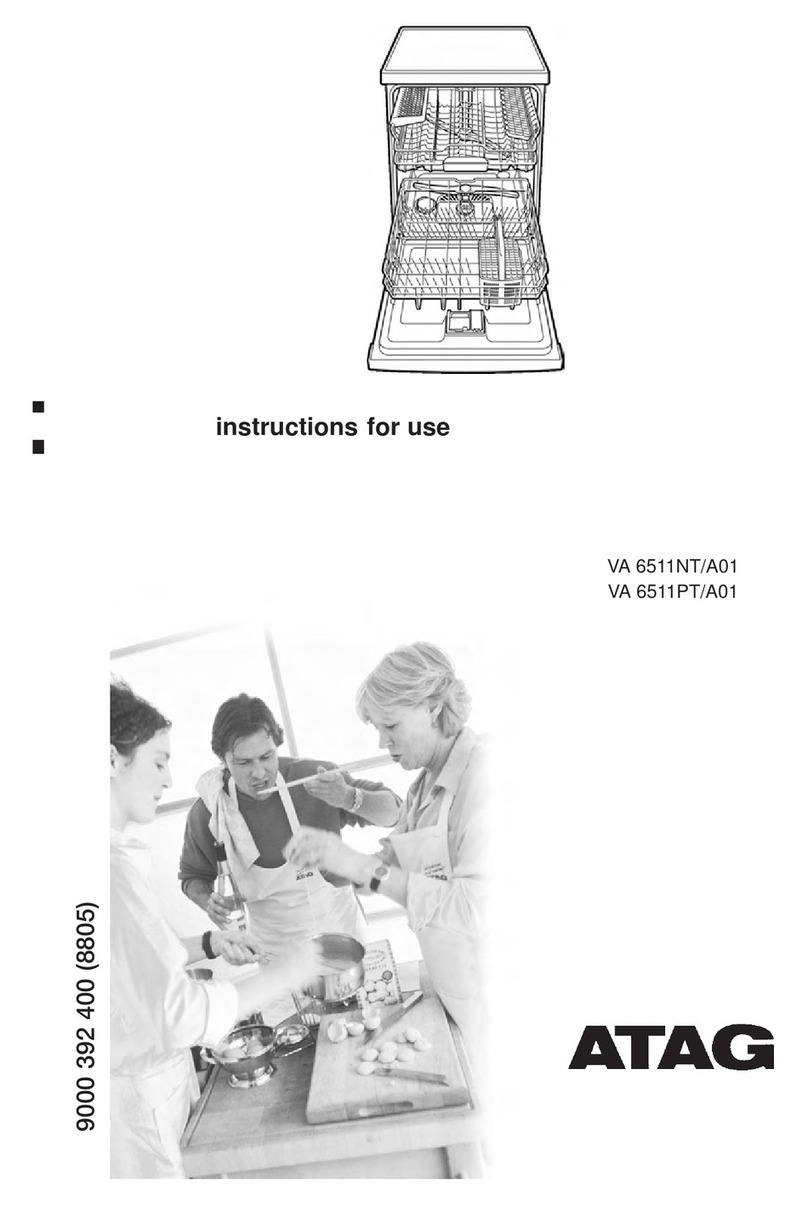
Atag
Atag VA 6511NT/A01 User manual
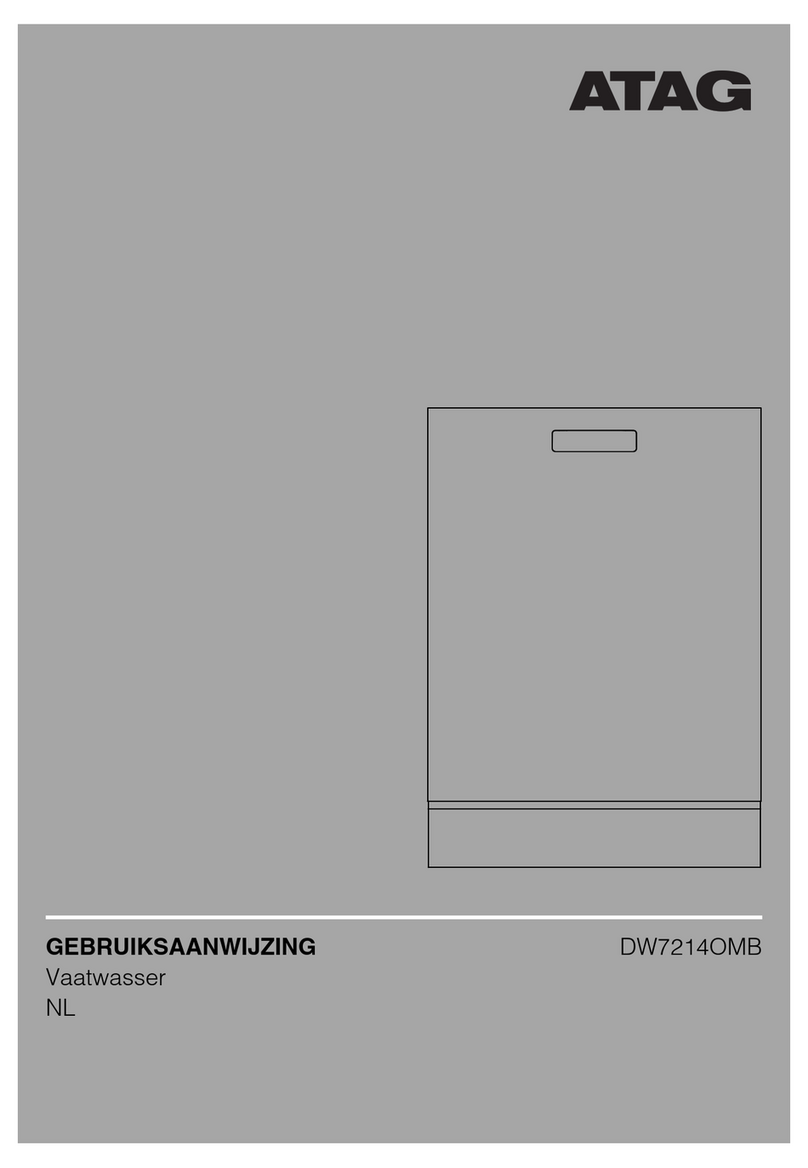
Atag
Atag DW7214OMB/A02 User manual

Atag
Atag VA2214MP/A02 User manual


